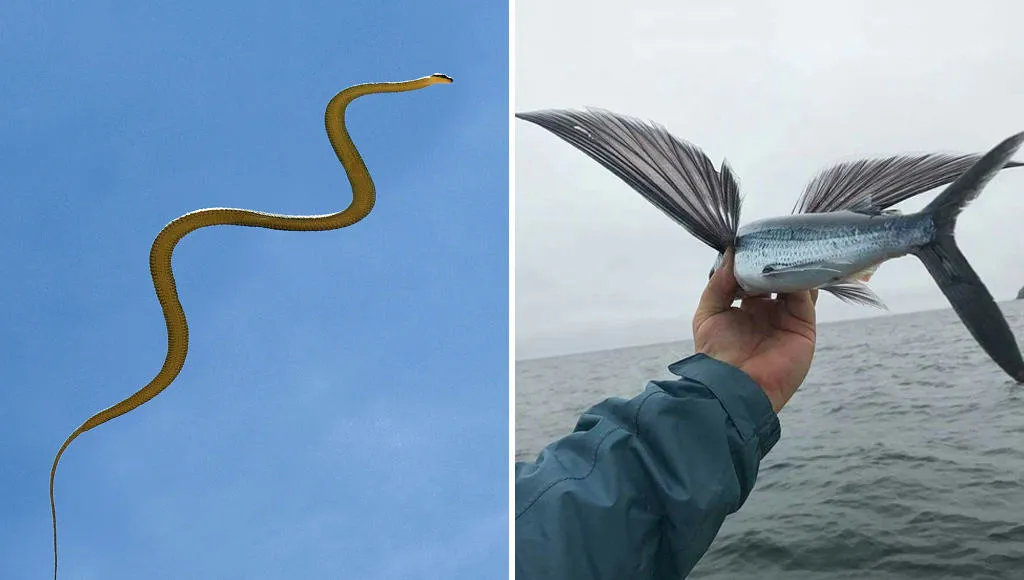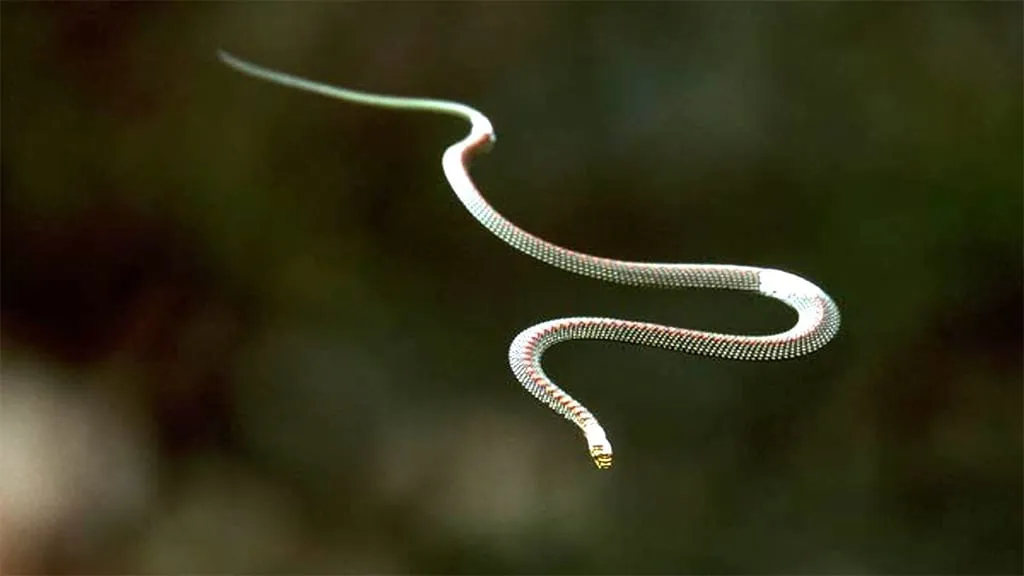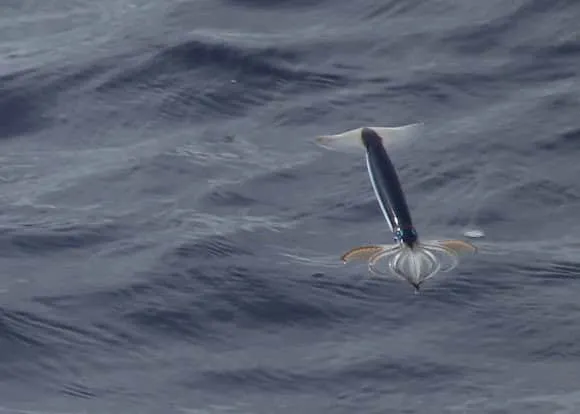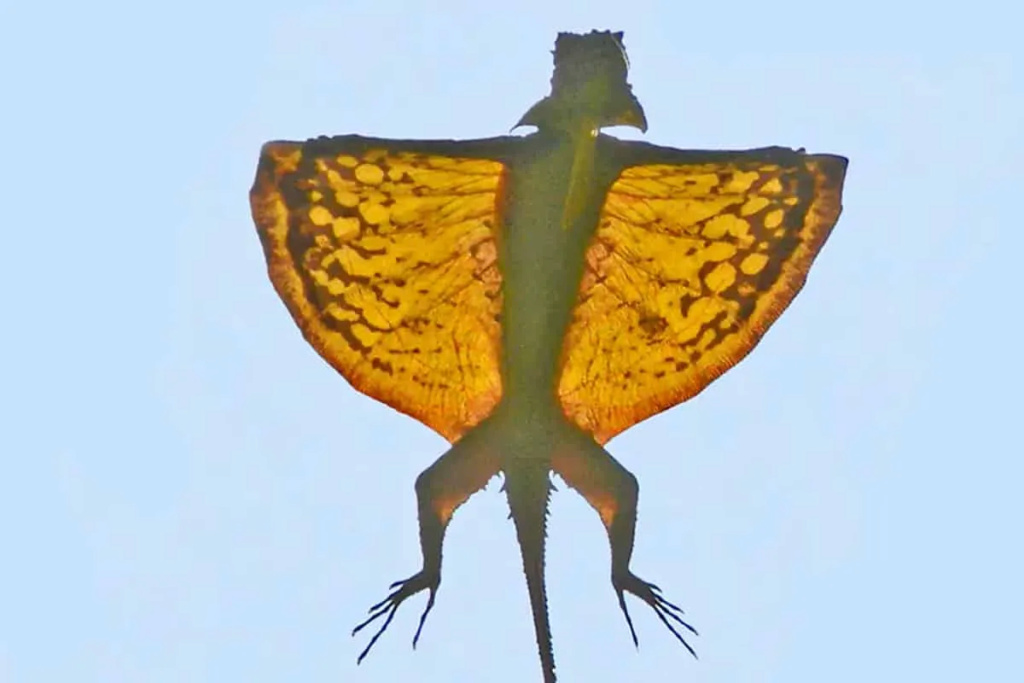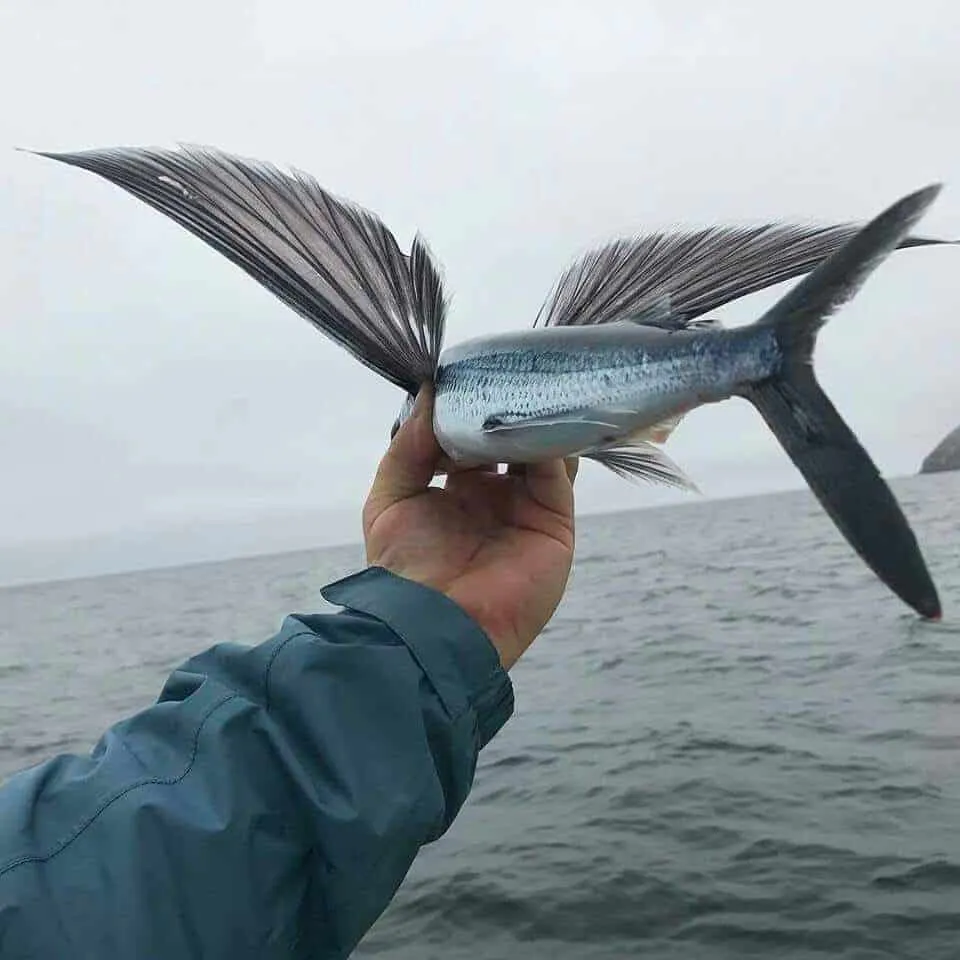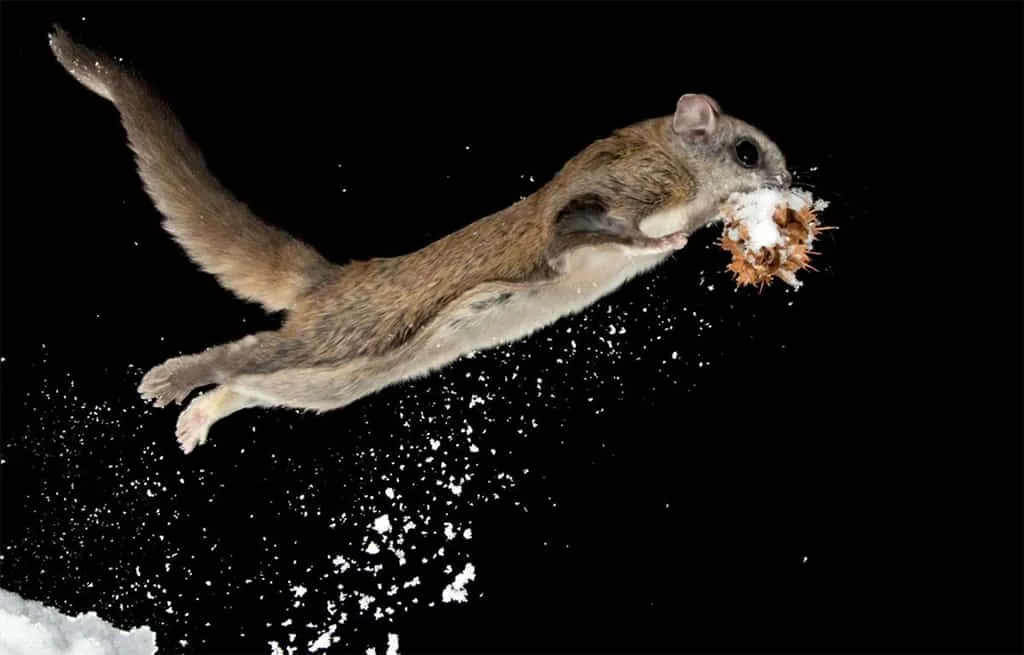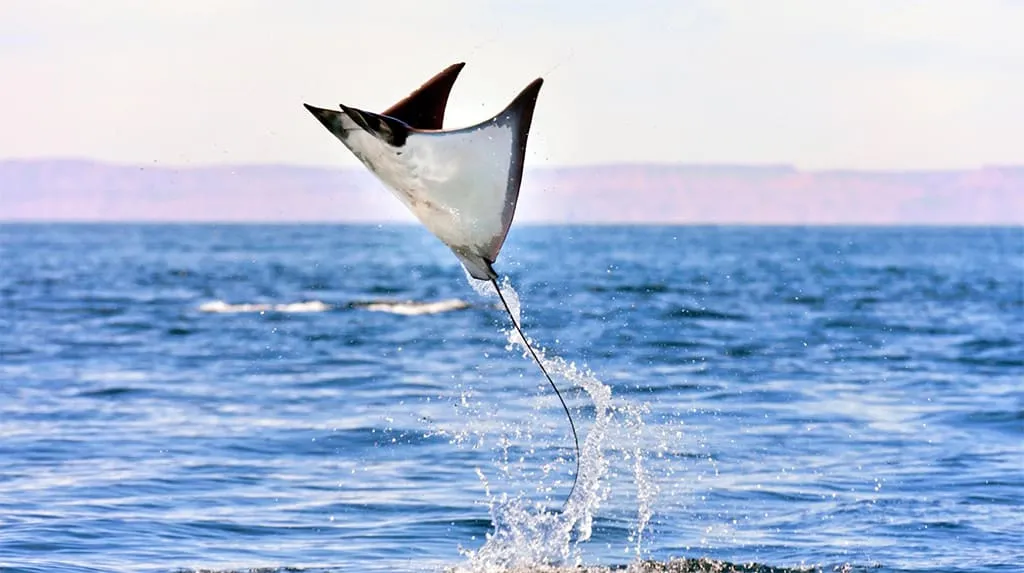10Animals you didn't know could fly
When it comes to flying animals, we often think of the innumerable species of birds and perhaps bats, or even pterosaurs, close relatives of dinosaurs that can hover comfortably, but evolution and adaptation to the ocean is full of surprises.
Sure, you might not have thought that flight evolved in animals, enabling some species such as fish, mammals, reptiles and amphibians to develop the ability to fly and move in the air.
In this article on our website, “Your Income By Knowing”, we have collected for you, dear reader, a list of the 10 most animals that most people do not know can fly and fly.
10. Wild turkey
We often associate turkeys with delicious meals. Usually every time you see a turkey in the wild, it's on the ground, meaning it doesn't fly. So it may surprise you to learn that wild turkeys can fly even though they only fly over fairly short distances.
And when a turkey flies, it flies at an impressive speed. In fact, Live Science claims that a turkey can fly up to 90 km/h.
The secret behind the turkey's ability to fly is that it is a bird that builds its nest in trees, which means that it must reach the branches of trees one way or another, and of course it is more natural for a bird like it to fly than climb.
While the wild turkey can fly, the domesticated turkey in human farms cannot, as farmers over time bred it to have a large breast for consumption, which makes flying impossible for it.
9. Flying Snakes
The concept of a flying snake may leave some in awe, but we are here to confirm that such animals do exist, and their presence is more concentrated in the southeast of the Asian continent. The good news is that the venom of these flying snakes is only enough to cause harm to small prey such as lizards, rodents, frogs and birds, so it does not harm a human-sized victim or poses a threat to them.
The University of Chicago released a research paper on flying snakes in 2015 after a study conducted by researcher Dr. Jake Socha, who said: “Although they [snakes] lack wing-like organs, flying snakes can fly skillfully.”
Flying snakes do not soar like birds, but rather glide through the air, making their body as flat as possible to serve as a small C-shaped airfoil in Latin, while creating ripples in the form of side waves along their body, enabling them to fly steadily.
The study published by the University of Chicago on the subject also confirmed that smaller snakes can fly at greater distances.
It is also worth noting that flying snakes do not exceed a meter or a meter and a half in length.
8. Balloon spiders
The ballooning spider concept is one of the animal world's most innovative creations. The ballooning spider phenomenon occurs in many species of light spiders. Essentially, these insects have evolved to fly with wind-borne silk webs like parachutes, a unique way of flying and being airborne.
While most ballooning spiders only fly short distances, some have been found to travel hundreds of kilometres. These spiders climb to the highest point they can reach and then ride the wind with their silk nets, the goal of which is to move over considerable distances, although the risks are great.
There is a famous story from the Australian Tablelands region that was circulated in the year 2015 about the mass migration of millions of balloon spiders, as all that huge amount of silk left behind made the region look as if it had snowed.
7. Flying squid
It may seem strange that a marine creature is able to fly in the air, but some species of squid known as Omastrephidae, better known as “flying squid”, evolved for flight, and the most common species are found in the coasts of Japan.
Some Japanese researchers say that the squid can glide through the air at a distance of 30 meters and at a speed of 11.2 meters per second, that is, it is comparable to the speed of world sprinter (Usain Bolt).
The report of the same Japanese researchers stated: “We discovered that the squid does not just jump out of the water, but that it also has a highly developed flight position.”
Squid glides and hovers out of the water, and does not fly in the traditional sense, and it achieves this by using a strong push from the back before expanding its fins and limbs in a horizontal position, which keeps it in the air for a considerable period of time.
Now you may be wondering: what makes a marine creature like a squid want to fly out of the water? The theory is that it evolved to do this in order to escape the clutches of predators, since squid are often a key food source in the marine food chain, so they need some defense mechanisms.
6. Flying Dragon Lizard
There's something especially cute about a flying dragon, and that cute thing completely changes as soon as it's in the air. These tiny lizards, which are close relatives of the iguana, are able to extend their flexible ribs and the membranes that connect them to create a wing-like appearance, which enables them to glide and hover in the air. They also have an additional wing on their neck that helps them glide and control direction.
Flying dragon lizards are not powerful, as they can only be moved at a distance of no more than 50 meters, but for a lizard of no more than 20 centimeters in size, this distance is not easy.
These lizards fly in order to avoid predators lurking in the forest floor, and also to find food and a partner for mating. They are territorial creatures too, flying from tree to tree in order to protect their territory.
5. Flying fish
There are about 40 species of these marine fish that can fly and fly by pushing their bodies out of the water and flowing with the air current. Similar to the animals we have already mentioned, flying fish use their ability to fly in order to escape the clutches of predators, but they float and hover in the air and do not fly in the traditional sense as a bird or a bat does, despite the fact that they have fins resembling wings.
These fish are commonly found on the Caribbean island of Barbados, which is also known as the “Land of Flying Fishes”.
These flying fish are generally found in tropical oceans at a depth of 200 meters from the ocean surface.
A Japanese TV channel filmed a flying fish in the air next to a ferry that broke the record for flying for 45 seconds before diving again into the water, and the previous record was 42 seconds witnessed by a group of American scientists and researchers in the twenties of the last century.
Flying fish can fly at a speed of up to 70 km / h, and during their flight cover a distance of 400 meters, they also resort to hitting the surface of the water with their tails to stay in the air sometimes.
4. Flying squirrels
National Geographic magazine describes these creatures as a “living, breathing kite.” Flying squirrels can't fly like birds, but they glide and hover in the air using their "parachute" they've developed over millions of years. The Patagium, or cloak, is a membrane that extends from the wrist to the ankle and makes the squirrel look like a glider when unfolded. The squirrel's long tail serves as a stabilizing tool and brake at the same time, while using its tips for steering.
Flying squirrels fly from tree to tree in the forest, to avoid predators that roam their floors.
Flying squirrels can fly anywhere from 40 to 150 metres.
3. Flying ants
The exciting thing about flying ants is that they don't have wings, yet they have mastered a method of flight. These tree-dwelling insects have evolved to direct their fall from treetops to their advantage.
The phenomenon of flying ants was only recently discovered, and biologists at the University of California wrote a paper about it in 2005.
Given their tree-dependent lifestyle, these ants learned how to find their way back to their original tree if they fell, using visual clues.
Biologists studied this type of ant to discover that it has the ability to rotate 180 degrees in the air.
Flying ants reach the tree trunk from behind, where they hit it with their hind limbs, and often bounce off and fall, but their success rate in returning to their original tree is estimated at about 80 percent.
“In the Amazon, you [if you're an ant] don't want to fall out of your tree into the water, because there you’re dead,” says University of Texas ecologist Dr. Stephen Yanoviak. This is what I believe to be the basic evolutionary mechanism behind this behaviour.”
2. Chinese Flying Frog
Also known as the great tree frog, this frog is one of the largest tree frogs. Despite its large size, the flying frog is able to soar through the trees. This type of frog soars using its unique limbs and the membranes between its fingers that, when extended, turn into a parachute, enabling it to fly and stay in the air for a period of time.
British naturalist (Alfred Russell) encountered these frogs in the rainforests (Borneo) in 1869, and wrote in them: “Their fingers are long and completely webbed to the ends, so when unfolded they give much more space than the entire body.”
Flying through the air is a highly energy-efficient method of locomotion for these frogs, which don't spend much time on land or in water. In fact, these frogs do not come down from their trees except to breed.
This made their bodies amazingly adaptable, as the differences between them and ordinary frogs are very clear.
1. The thickness of the flying rays.
Flying rays. Photo: ISTOCKRENACAL1, ISTOCKPHOTO We still don't know much about these Mobulas rays, which are widely known as "devil's rays." What she is most famous for is her somersaulting, which made scientists often refer to her as “ocean acrobats.”
Similar to most other types of rays, these fish have large wing-like fins. They are strong swimmers and usually swim in flocks, and use their strength to propel their bodies out of the water, often flipping through the air before diving back into the water.
Normally, these exciting fish can jump about two meters out of the water, so we can't think of what they're doing in flight, but it's still an interesting behavior anyway.
Scientists have not yet been able to explain the strange activity of rays from the genus Mobulas, although there is a theory that the fish do it in order to stand out within the flock to attract the interest of a breeding partner.
This behavior is usually restricted to males, but this does not mean that females do not practice it from time to time.
The previous theory is that a fish that can impress a flock with its jump and acrobatics has a better chance of getting a breeding partner.
Source: listverse website
https://dkhlak.com/10-animals-you-didnt-know-could-fly/?utm_source=Facebook&utm_medium=PostPlanner&fbclid=IwAR2lSPV9LFCS9ME6BCmf4lVOntsMSa1McF9IFBO-iudptT2_-9Z5cFPkRCk


